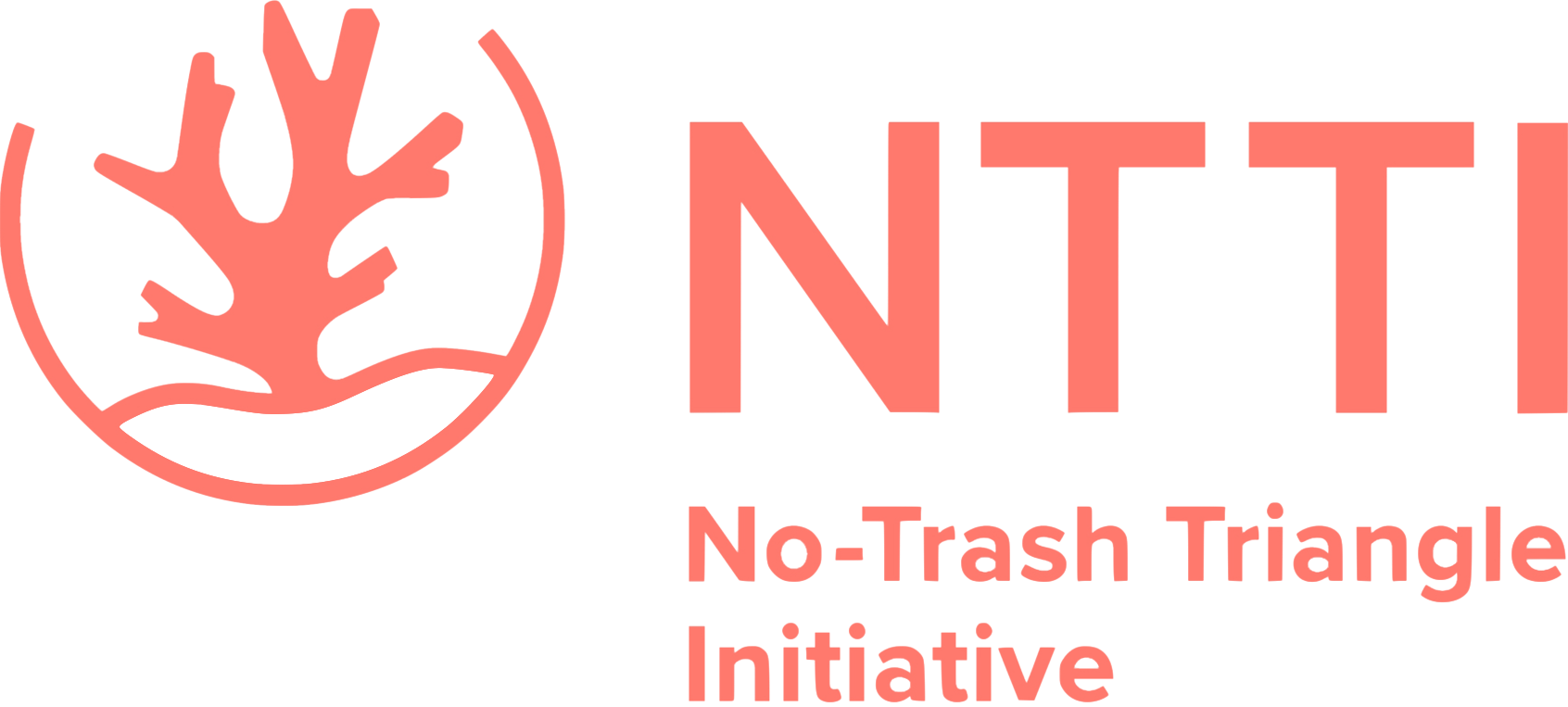The seed of change
Having spent so much time on plastic, we ended the term on a completely different note. For what would be the Seasoldiers’ final lesson of the year, we shifted our attention away from our waste (and how to manage it) to nature. Minimizing our footprint on the environment had been a running theme so far, but now we were going to get our hands dirty.
Mangroves provide extremely valuable ecosystem services
There are many habitats on the island, and the mangrove forests are among the most interesting. They protect coasts from seawater and erosion, store carbon and produce oxygen. With their thick network of roots, mangrove forests provide lots of cover and are sometimes described as nurseries for fish (M. Brander et al., 2012). This ecological importance translates to high economic worth. The WWF calculates that their worldwide value is US$186 million per year (WWF, 2019).
Mangrove seedlings had been prepared weeks before this lesson and left to grow in the shade of the jungle. Between the Seasoldiers, assistants and pupils they were carried from Lihunu to the other side of Bangka Island. Along the coast from Busa Bora, we found our classroom for the day. Here, the fine white sand of the beach meets a thick, black, sulphurous swamp. The mud was barren except for white, dead tree trunks and puddles, home to small blue and orange crabs. Inland from the swamp, a row of mangroves lined the jungle beyond.
It was as though we were stood in the skeleton of a jungle. In the recent past, healthy mangrove trees and their inhabitants would have filled this territory, but now they were simply absent.
For a mangrove habitat to survive, it requires a balance of fresh and saltwater. The most likely cause of this dieback was that this area’s freshwater supply had been cut by shifting dunes elsewhere, possibly due to a storm. The problem was temporary, but the effect was lasting. It is an example of a natural cause of habitat loss, and with a small human intervention, perhaps we could kickstart the ecosystem again.
After a quick briefing from the Seasoldiers, we set about carefully removing the seedlings from their pots (which were old plastic bottles of course). The children soon found ways to play with the habitat. They jumped and stomped, so their friends a few feet away could feel the earth shake. We were then divided into groups. Next, one group lined up along the edge of the swamp, each armed with a big stick, and waded in.
With every step, we had to concentrate on remaining upright and avoiding the panicked crabs. Firmer patches gave way to thigh deep slime with no warning. The children would point and laugh at someone losing their balance, and the next moment they would shriek as it was their turn to stumble. Most of us were covered in mud within minutes. We continued forward, each of us a meter apart from the next. With every meter we made towards the jungle, we plunged our sticks into the mud, digging a small, deep hole. The next group followed with a bundle of smaller sticks to mark their locations. Soon we had marked a grid covering a large area of the habitat. The final group planted a mangrove seedling into each hole, gently tying them to the marker stick there. In all, the Seasoldiers estimated we planted 200 seedlings.



But the value of this project cannot only be measured by how many trees were planted. There is also the significance of a new pursuit being introduced into these children’s lives. They have now begun to be conservationists. By starting around the corner from their school and homes, they will watch these
trees grow over the years to come. They will see first-hand the impact their efforts have. This void in the jungle could be filled and rustling with wildlife once again, thanks to one day at school.
A sense of engagement with our local wildlife - stepping in when we can assist the ecosystem and leaving the healthy ones alone - is so important. These children will see their island change significantly as they grow older. They will see more and more plastic on their beaches, a loss of marine diversity in their waters, and, possibly, more of their jungle being felled. What makes the Seasoldiers’ work so important is that they encourage the children’s affinity with their surroundings. This inspires them not to be to bystanders, but to passionately defend their environment.
Written by Braden Reilly
Bibliography:
M. Brander, L., J. Wagtendonk, A., S. Hussain, S., McVittie, A., Verburg, P.H., de Groot, R.S. and van der Ploeg, S. 2012. Ecosystem service values for mangroves in Southeast Asia: A meta-analysis and value transfer application. Ecosystem Services. 1(1),pp.62–69.
WWF 2019. Mangrove Importance. [Accessed 2 November 2019]. Available from: https://wwf.panda.org/our_work/oceans/coasts/mangroves/mangrove_importance/.


